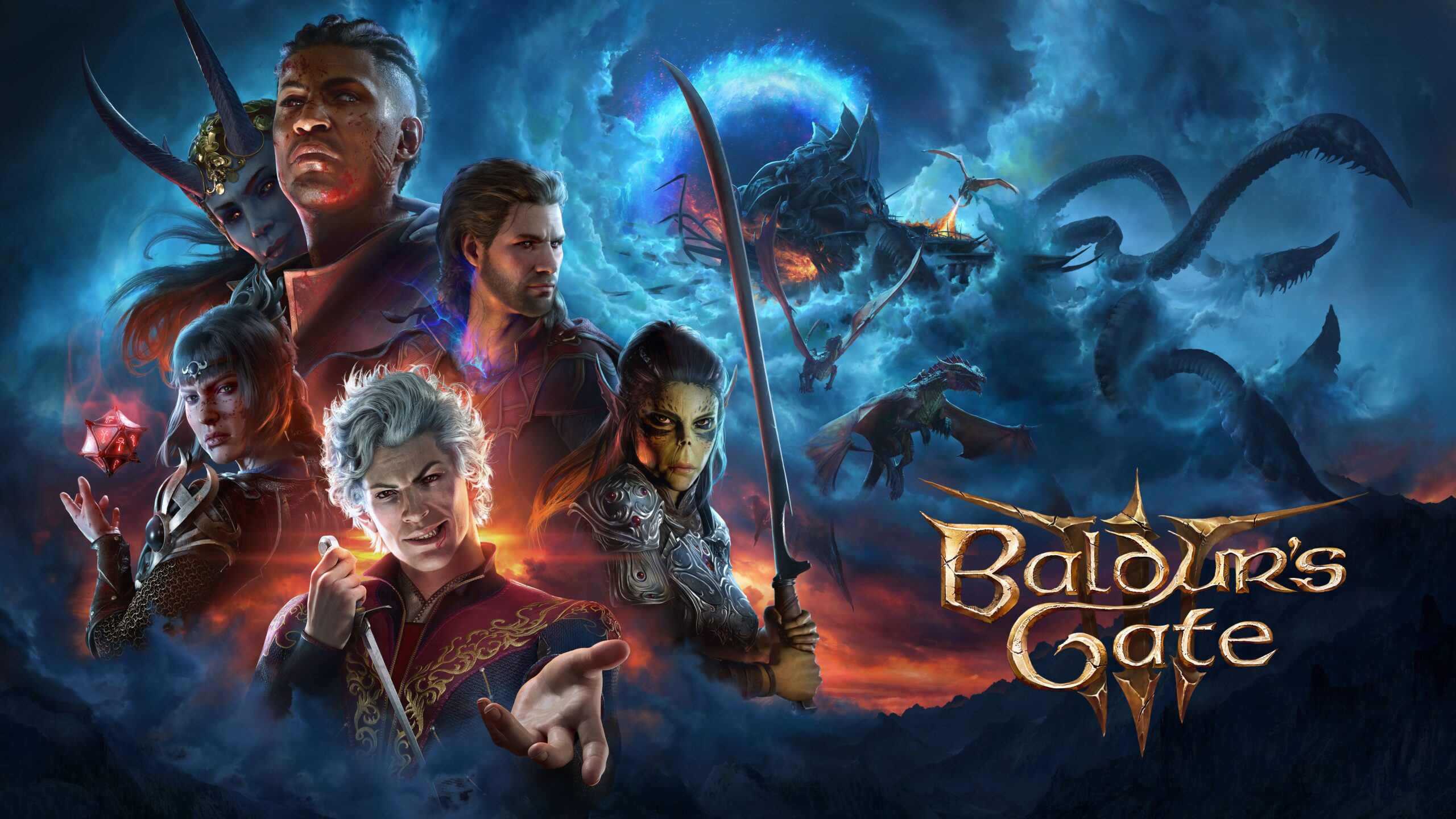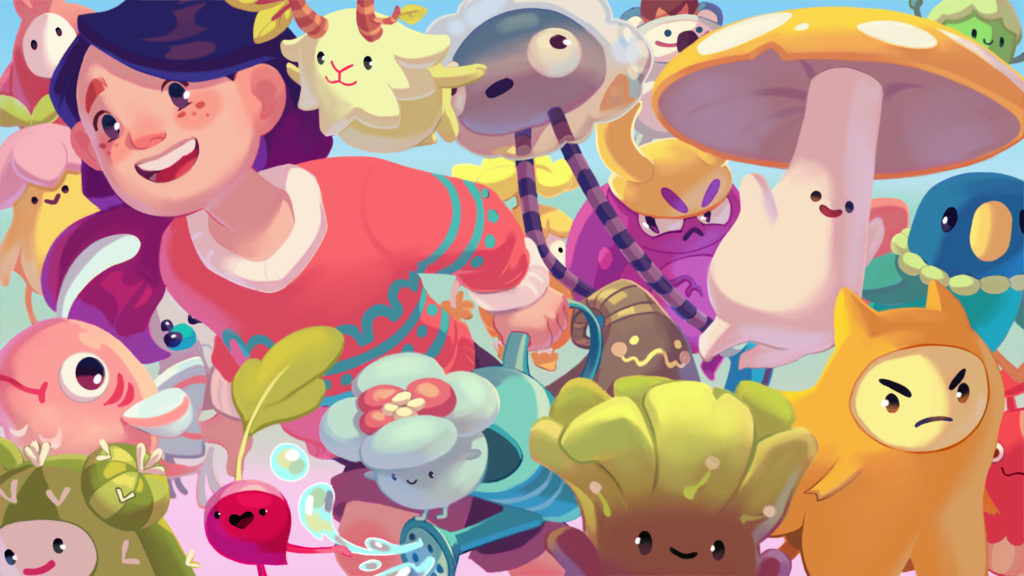
Ooblets Review: For Those Who Want to Vibe
Have you ever wanted to pick up and start somewhere new? Well, Glumberland’s Ooblets, allows you to live just that fantasy. Your character is from an island where ooblets, the world’s strange little plant/animal/sometimes-robot hybrids, aren’t allowed. As you might have guessed, that’s a major bummer, so you decide to head to mainland Oob to hopefully find a fresh slate and some new friends.
Before you set sail, you’re given control over your character’s appearance, with multiple skin tones, hair colors, and some starter hairstyles to choose from. Once you finish creating your character, you also get to choose your own name- these options, coupled with the games lack of pronouns and forced gender identity, truly allow you to be whoever you want to be as you begin your new life in Badgetown.
Upon arriving in Badgetown, your character is met by the town’s mayor, Tinstle, who agrees to help you in exchange for becoming their new lackey. You’re given an abandoned farm right on the edge of town for free- a real fixer-upper, with a shabby shack for the house and a yard filled with rocks, weeds, and logs of various sizes. As you might have guessed, it’s now on you to do the fixing.
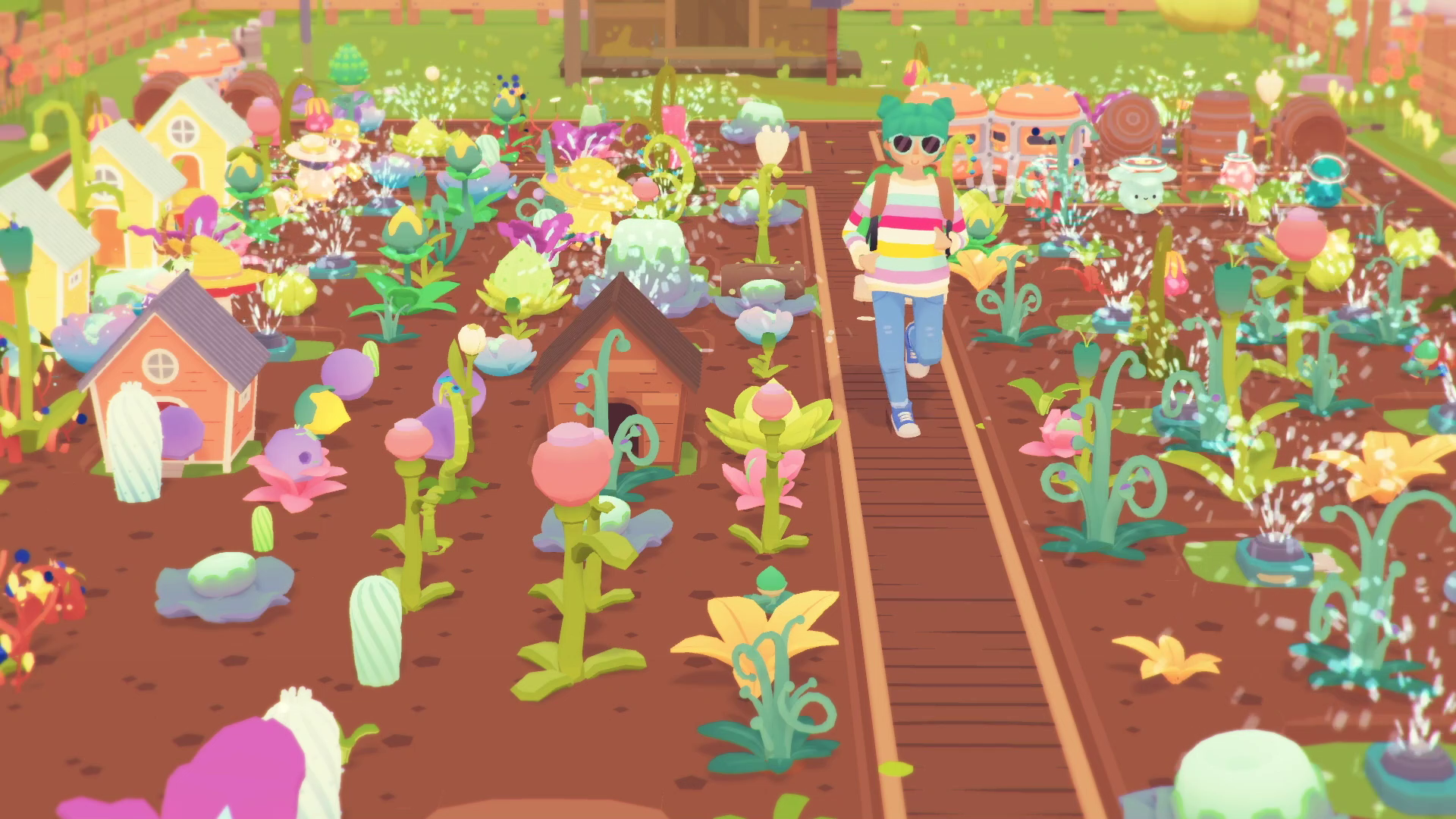
Like other games in its genre, the farm is the heart of Ooblets. It’s where you live, and where you grow both regular crops and the titular funky little friends. Much like in Stardew Valley, you’re given basic supplies and some seeds to get your farm going. Doing any kind of labor, like tilling soil, planting, gathering, watering, etc., uses up some of your energy bar, though if you do spend it all you won’t pass out wherever you are- you’ll just kind of sleepwalk instead. Eating different raw produce and snacks can replenish your energy, even if you’ve used it all up.
The ooblets themselves quickly become a key part of your farm’s workflow. As you gain access to more farm equipment, you need ooblets to work them. Your first ooblet is given to you by one of the several social clubs in town. Each club has their own dominant personality trait/passion and a unique starting ooblet. As you progress a bit, it’s revealed that a major part of the ooblets’ culture revolves around dance battles between the little friends. Here the game becomes a pseudo-deckbuilder with Pokemon vibes.

Your ooblets’ dance moves appear as cards in your hand. To beat your opponent, you have to use your pals’ moves to be the first one to a set amount of points. The goal number changes depending on how many ooblets are dancing. Each move is accompanied by its own little animation sequence. As you acquire more ooblets, you get different abilities, making it worthwhile to trade out oobs to see which combinations work best for you.
After defeating rival dance crews, your ooblets will gain XP and the leader of the losers will offer you a seed-this is how you get more ooblets. Like regular crops, they have to be planted, watered, and allowed to grow for a certain number of days. Your base farm has room for eight ooblets- once you reach this limit, you’ll need to start building oobcoops to house your new pals.
Oobcoops, and most structures in the game, are upgradable and customizable. You gain access to new tech and upgrades by completing tasks for the mayor, as well as doing daily tasks around town to earn currency called Wishies. Wishes can be spent at the Wishywell in the town center to buy supplies, recipes, blueprints, and upgrades for shops around town.
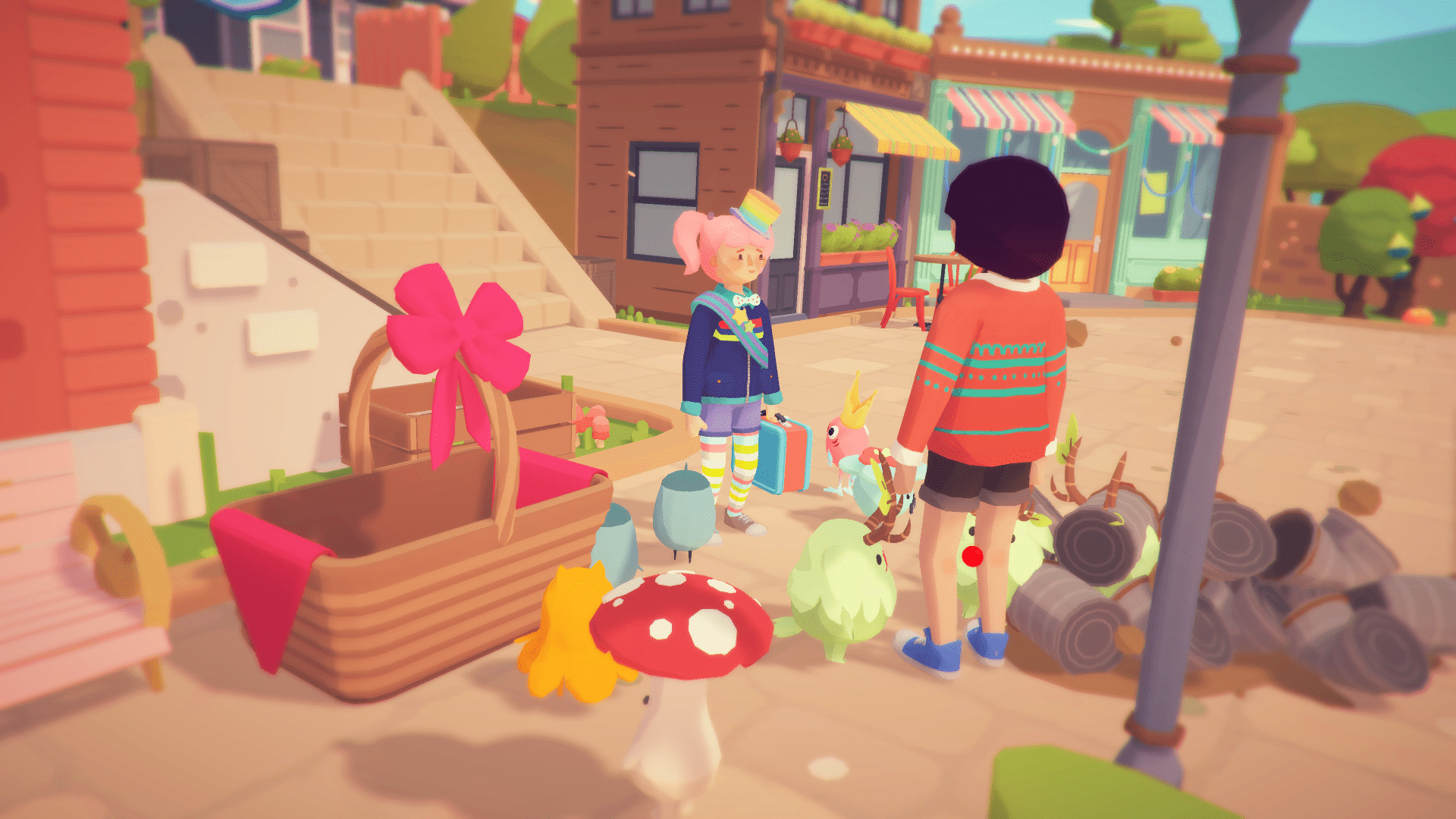
There’s always something to help Tinstle with, and every task opens new parts of the town and even the world. I won’t get into specifics, but there’s an overarching storyline that becomes pretty apparent after knocking out the first few rounds of mayoral requests, and it has you travel to other parts of the mainland to resolve it. Having a more guided experience than something like Stardew was kind of a nice change of pace- I’ve never felt micromanaged, but I also never feel like I have nothing to do but clear land on my farm. Ooblets feels much more condensed than many of its counterparts in that the city is relatively small, but it allows for a lot of choice and exploration within its limits.
Exploring the city and other areas, along with doing other tasks, will earn you badges from the mayor. My favorite part about these is that one of the mayor’s ooblets—a little fish with chicken legs and a crown—hand delivers a congratulatory note every time you earn a badge. Eventually the mayor creates a boilerplate so they don’t have to go through the trouble of writing something sincere every time you get a new badge.
By speaking with townspeople, you build up your relationship with them and earn friendship points. If your points with someone are high enough, they’ll even give you a special sticker. Getting these stickers or boosting your rank with someone is an easy way to get Wishies if they show up in your dailies. Talking with folks around town is interesting, as they’re all kind of weird.
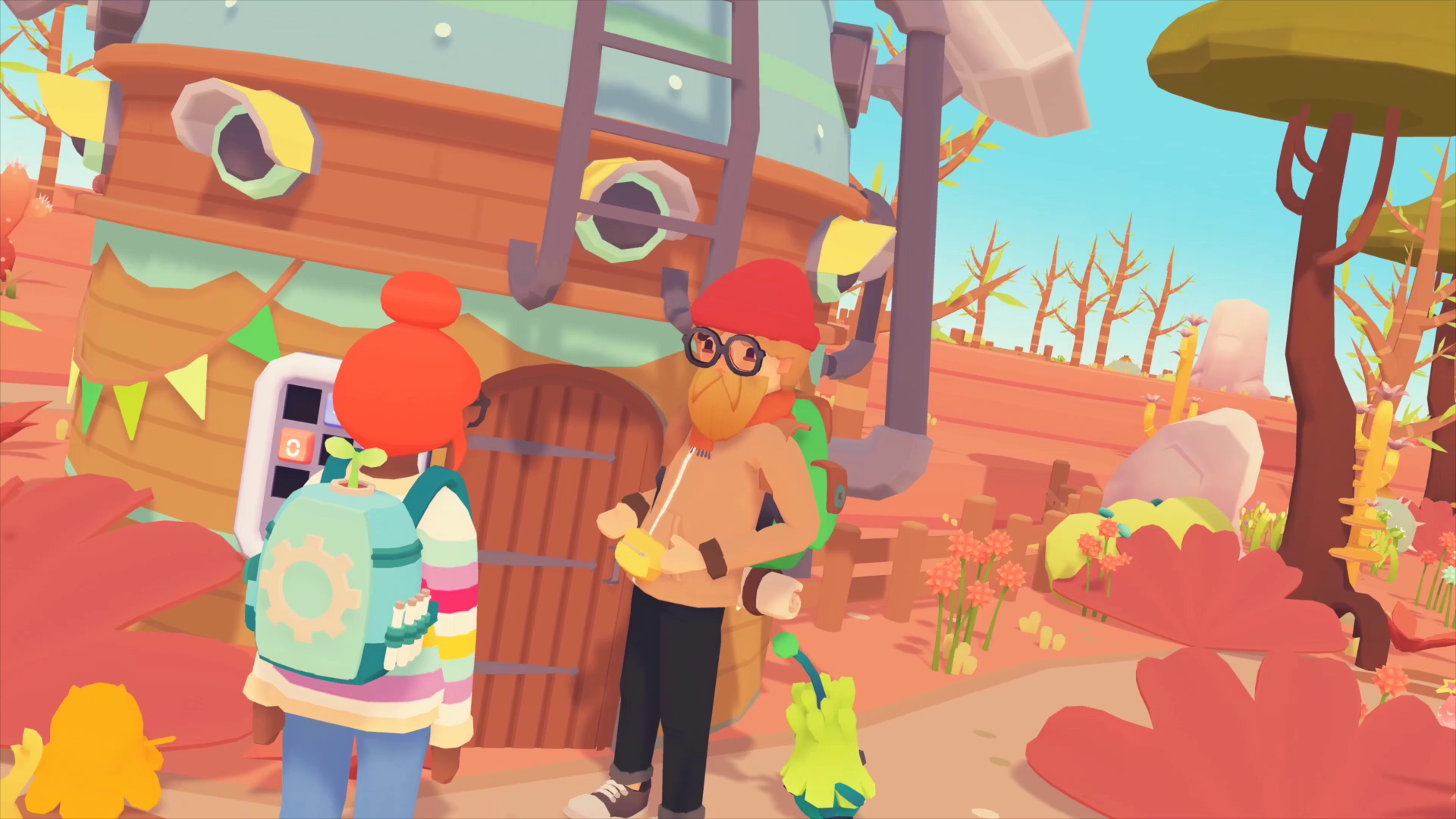
Ooblets relishes being vaguely socially awkward in a way that refuses to back down. The people of Badgeplace don’t seem to have the same norms most people do, speaking abruptly, and often without much in the way of context-t’s funny and charming to a degree. It gives off the same energy as Stardew’s socializing, if it were through a more purposefully twee, cottagecore lens.
Everything is in very bright, warm colors, and most folks look like they’d be comfortable on a college campus or at Coachella. There’s also a clear intent to be cute here. The names are all silly takes on foods and animals, and words like “fishing” and “hoe” are replaced with “sea-dangling” and “dirt-scraper.” This isn’t necessarily a bad thing, I think it adds to the chill experience of running around mainland Oob, but it definitely has a distinct tone and may not be for everyone.
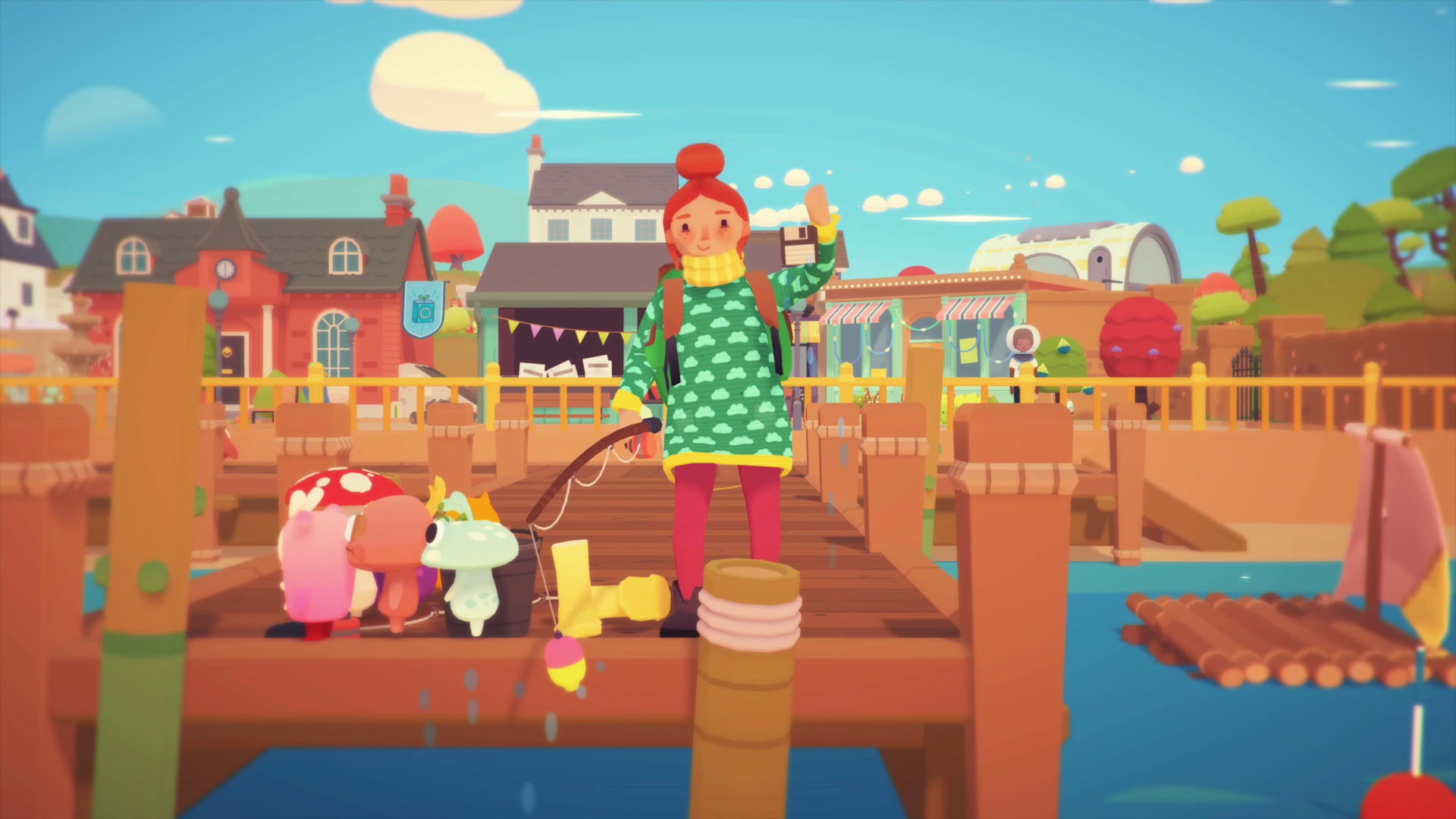
Honestly, this game is for people like me, who find games like Stardew Valley or Graveyard Keeper fun or relaxing, but maybe don’t have the attention span to figure out what all they should be doing at any given moment on their own, or who don’t want to be bound to a real-life clock like in Animal Crossing. Because of its light guidance, and overall chill vibes, Ooblets is great because it’s not perfect, but it’s cute, fun, and about becoming part of a new community instead of trying to take it over. Like any farming/life sim, it can get boring if you’re not mixing your activities up, but there are always enough little story milestones within reach to keep things pretty interesting.
Talking to some of my UC coworkers about this game before I started writing about it, I told them it was both a 7/10 and likely going to be my game of the year. It’s not really groundbreaking, or pushing the boundaries of what these kinds of games do, but it is taking that DNA and infusing in enough unique additions and style to keep the fun going without making the grindy parts feel like too much of a slog, while keeping everything in a simple, cute, and colorful wrapper that just emanates calm and a kind of pervasive, low-level happiness. I’m probably done with Animal Crossing at this point, but with the year we’ve been having, I see myself spending a lot of time in the world of Ooblets.
This game was reviewed on Xbox One with code provided by the developer.





